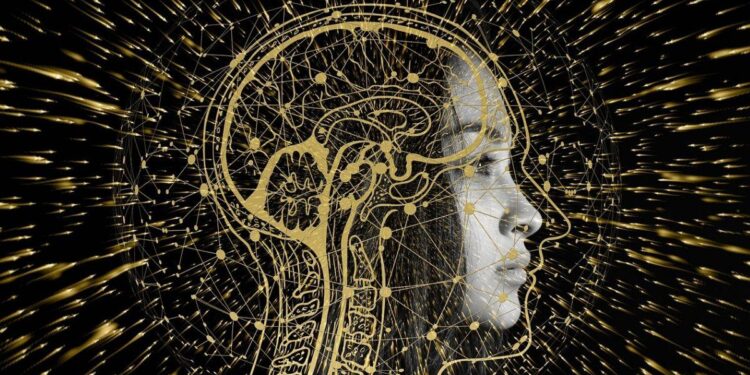Scientists are delving into the intriguing phenomenon of autobiographical hypermnesia, a form of mental time travel that allows individuals to vividly recall past personal experiences with exceptional clarity. Recent studies are shedding light on the cognitive mechanisms behind these extraordinary memory episodes, offering new insights into how the human brain navigates and reconstructs the narrative of one’s own life. As researchers continue to explore the mysteries of autobiographical hypermnesia, their findings promise to deepen our understanding of memory, identity, and the remarkable capacity of the mind to traverse time.
Mental Time Travel Unlocks Secrets of Exceptional Memory Recall
Recent breakthroughs in cognitive neuroscience reveal that the ability to vividly re-experience past events, often referred to as mental time travel, plays a crucial role in exceptional autobiographical memory recall. This phenomenon, which allows individuals to mentally “jump” back to specific moments in their personal history, is not merely a passive replay but an active reconstruction involving intricate neural networks. Researchers have identified that enhanced connectivity between the hippocampus and prefrontal cortex significantly contributes to this immersive memory retrieval, granting some individuals an unparalleled depth of detail and emotional intensity in their recollections.
Scientists have also highlighted several unique characteristics observed in people who demonstrate this heightened capability:
- Increased episodic richness: Memories are replete with sensory and contextual details.
- Emotional intensity: Recollections evoke strong affective responses, reinforcing memory strength.
- Temporal accuracy: The sequence of events is clearly maintained, reducing confabulatory errors.
To better illustrate this, the table below summarizes key distinctions in memory features between typical recall and hypermnesia:
| Feature | Typical Recall | Autobiographical Hypermnesia | |||||||||||||||||||||||||||||||
|---|---|---|---|---|---|---|---|---|---|---|---|---|---|---|---|---|---|---|---|---|---|---|---|---|---|---|---|---|---|---|---|---|---|
| Detail Level | Generalized, fragmented | Highly detailed, vivid | |||||||||||||||||||||||||||||||
| Emotional Engagement | Moderate | Int It looks like the table in your HTML content was cut off at the “Emotional Engagement” row. Here is a completion and cleanup of the content so that the table is properly finished and the entire section looks well-structured:
“`html Recent breakthroughs in cognitive neuroscience reveal that the ability to vividly re-experience past events, often referred to as mental time travel, plays a crucial role in exceptional autobiographical memory recall. This phenomenon, which allows individuals to mentally “jump” back to specific moments in their personal history, is not merely a passive replay but an active reconstruction involving intricate neural networks. Researchers have identified that enhanced connectivity between the hippocampus and prefrontal cortex significantly contributes to this immersive memory retrieval, granting some individuals an unparalleled depth of detail and emotional intensity in their recollections. Scientists have also highlighted several unique characteristics observed in people who demonstrate this heightened capability:
To better illustrate this, the table below summarizes key distinctions in memory features between typical recall and hypermnesia:
|































